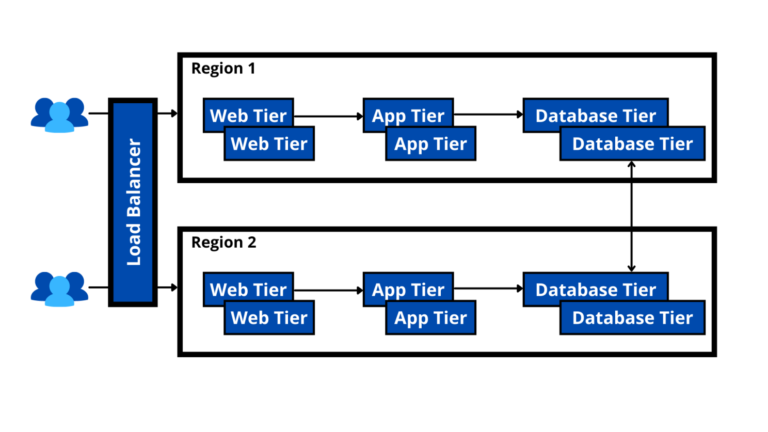High Availability vs Disaster Recovery: What’s the Difference and Why it Matters for Your Business
SHARE THE BLOG
Some Downtime Facts
Did you know that 80% of Data Center Managers have experienced some type of outage in the past 3 years and that 40% of organizations have suffered a major outage caused by human error over the past three years and that 76% of organizations suffered downtime and data loss in 2021?
High availability & disaster recovery are two critical components of any business continuity plan. But what sets them apart? While high availability is focused on minimizing downtime for critical applications and services, disaster recovery is all about restoring them quickly in the event of a major outage. In this article, we’ll explore the key differences between these two strategies and help you determine which one is right for your organization.
I often get the question “How does HA differ from DR?” from my customers. They are two related, but confusing terminologies that protect against failure eventually. Simply, High Availability is about eliminating a single point of failure. Disaster Recovery is getting back the system operational after suffering a failure or downtime. In other words, DR will take over when HA fails.
High Availability
What does HA Mitigate?
- Against a single point of failure.
- Issues while the system is running.
- It comes as a step before DR.
- Implies redundancy.

Disaster Recovery
Disaster recovery picks up when High Availability fails. DR involves a set of policies, tools, and procedures to enable the recovery of critical technology infrastructure and systems in case of a natural or human-induced disaster or cyber-attacks. DR requires having a secondary location to store data and infrastructure.
DR aims to recover data and system running as fast as possible. It is essential to have a solid DR solution in place to orchestrate the failover process quickly and with minimal intervention. In addition, it takes into consideration minimizing 2 factors:
- Recovery Time Objective (RTO)refers to the amount of time you need to bring a system back online.
- Recovery Point Objective (RPO)is a business calculation for acceptable data loss from downtime.

Why does this matter?
When choosing between high availability and disaster recovery, it’s important to consider your specific business needs, budget, and risk tolerance. Evaluate the potential impact of downtime and data loss and choose a solution that aligns with your goals and priorities. Remember that both approaches can be used together for maximum protection and resilience.
Abdalrahman Nasser
Abdalrahman Nasser
Start the Conversation Today
Let's Talk
